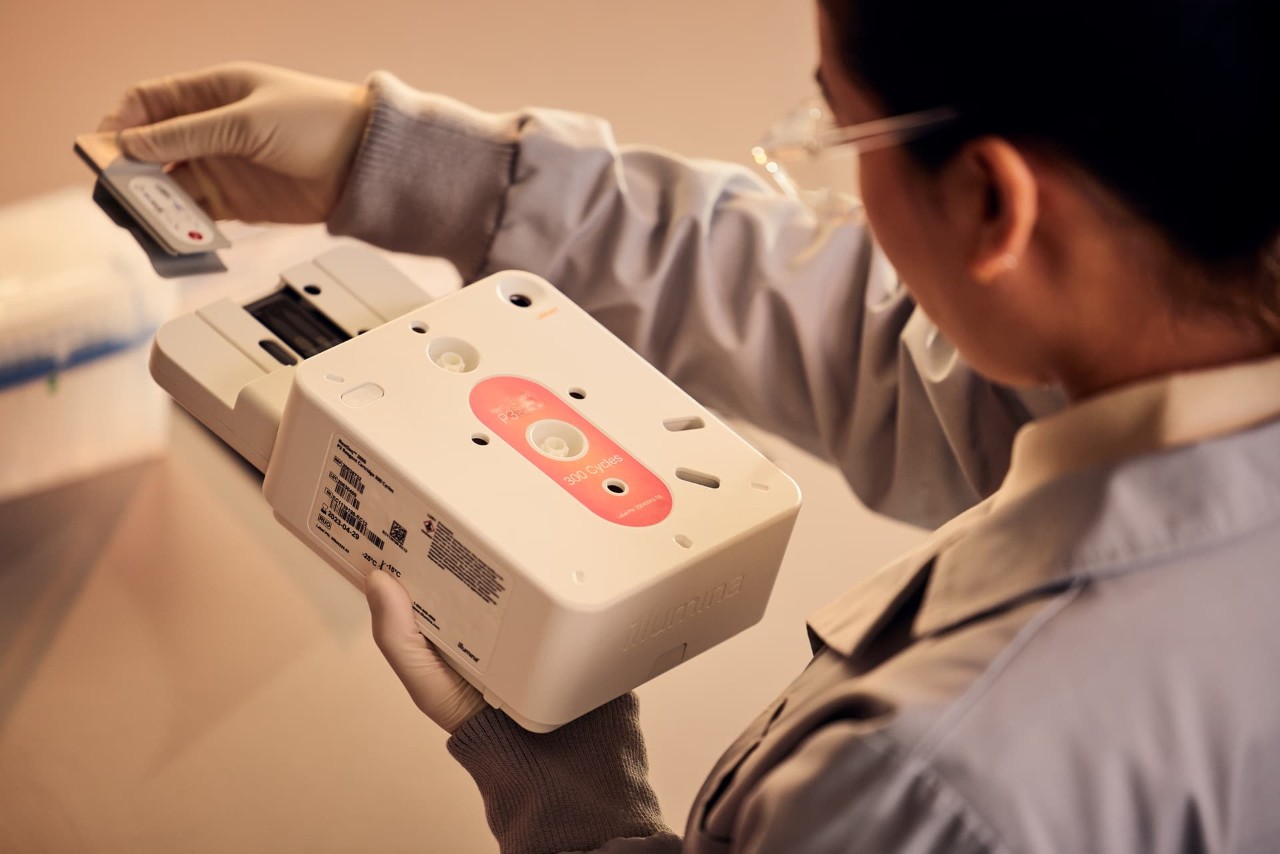Human microbiome analysis
See how NGS can empower studies capable of surveying the genomes of entire microbial communities, including those of unculturable organisms.
Sequence thousands of organisms in parallel using NGS
Shotgun metagenomic sequencing helps allow researchers to comprehensively sample all genes in all organisms present in a given complex sample.1,2 This next-generation sequencing (NGS) method enables microbiologists to evaluate bacterial diversity and detect the abundance of microbes in various environments. Shotgun metagenomics also provides a means to study unculturable microorganisms that are otherwise difficult or impossible to analyze.3

Take the guesswork out of your next workflow. The NGS Workflow Finder provides personalized solution recommendations and resources so you can sequence with confidence.
Sequencing depth refers to the number of sequencing reads that align to a reference region in a genome. This is important because a greater sequencing depth provides stronger evidence that the results are correct. Although shotgun metagenomic sequencing is comprehensive, this approach can be costly and complex to analyze compared to 16S sequencing. Shallow shotgun sequencing is a method that provides a helpful alternative against the drawbacks of both methods, providing shallower reads compared to full shotgun sequencing while enabling higher discriminatory and reproducible results compared to 16S sequencing.4
A fast, integrated workflow for preparing libraries for use in sequencing applications.
The MiSeq i100 Series delivers our fastest run times yet, breakthrough simplicity, and significant sustainability advancements to empower every lab.
Combine proven NGS technology with tunable output to enable sequencing and array capabilities across a range of applications.
Empower discoveries with a comprehensive workflow from start to finish.
The DRAGEN Metagenomics pipeline performs taxonomic classification of reads and provides single sample and aggregate reporting.
A fast, integrated workflow for preparing libraries for use in sequencing applications.
Empower discoveries with a comprehensive workflow from start to finish.
A robust and scalable system designed to adapt to your needs and bring discoveries within reach.
Achieve extraordinary throughput and accuracy to perform data-intensive applications at production scale.
The DRAGEN Metagenomics pipeline performs taxonomic classification of reads and provides single sample and aggregate reporting.
Read this guide to understand how to sequence complex microbial samples for important diseases or to gain insight into community-level microbial biodiversity and function.
Your email address is never shared with third parties.

Next-generation sequencing (NGS)-based ITS and 16S rRNA gene sequencing are well-established methods for comparing sample phylogeny and taxonomy from complex microbiomes or environments that are difficult or impossible to study.
Learn about how to collectively study expressed mRNA from complex microbial communities. This method also allows researchers to gain important insights on how microbes respond to a given environment at a specific time.
Looking to get started on shotgun metagenomic sequencing in your lab?
Your email address is never shared with third parties.